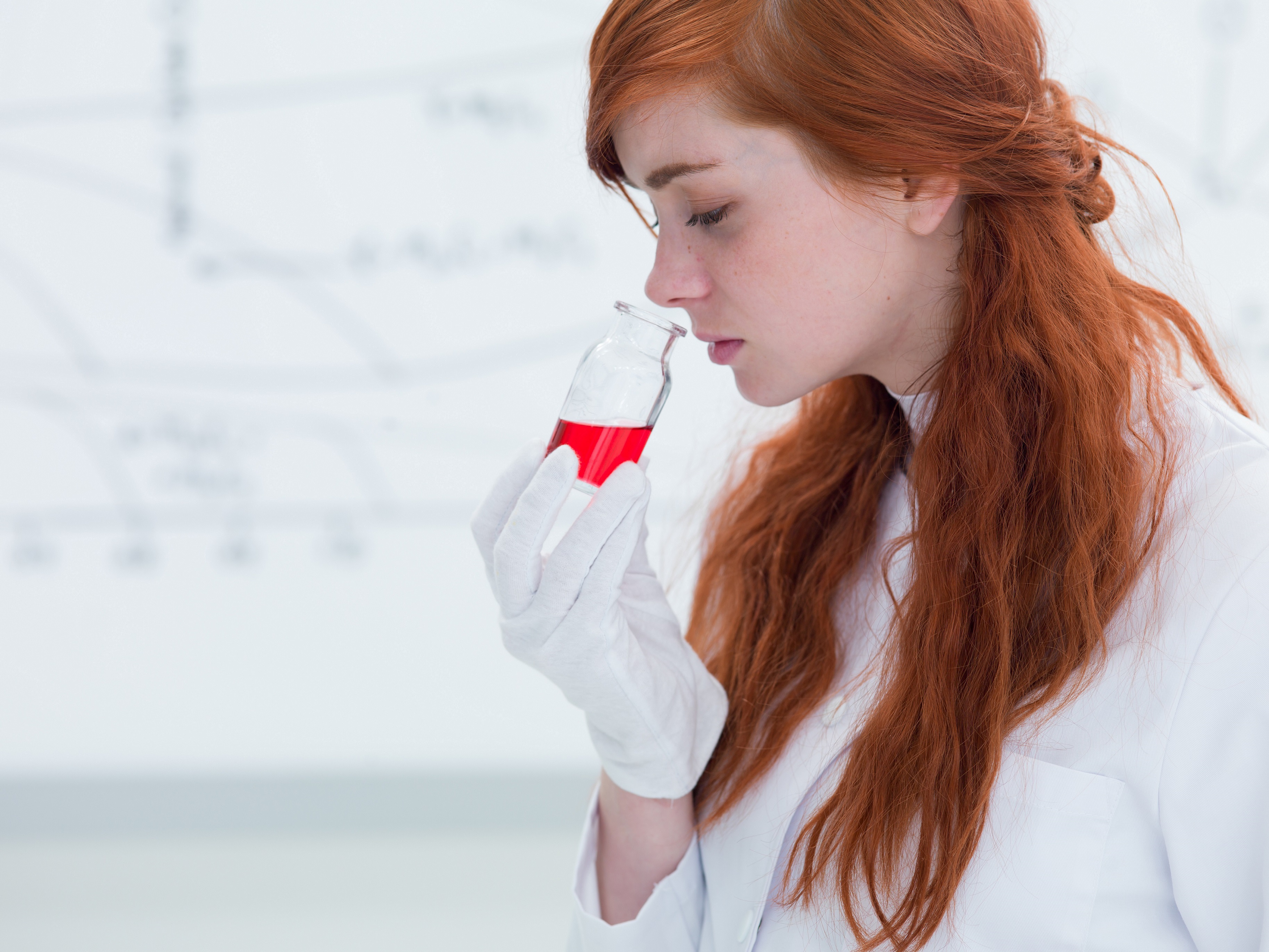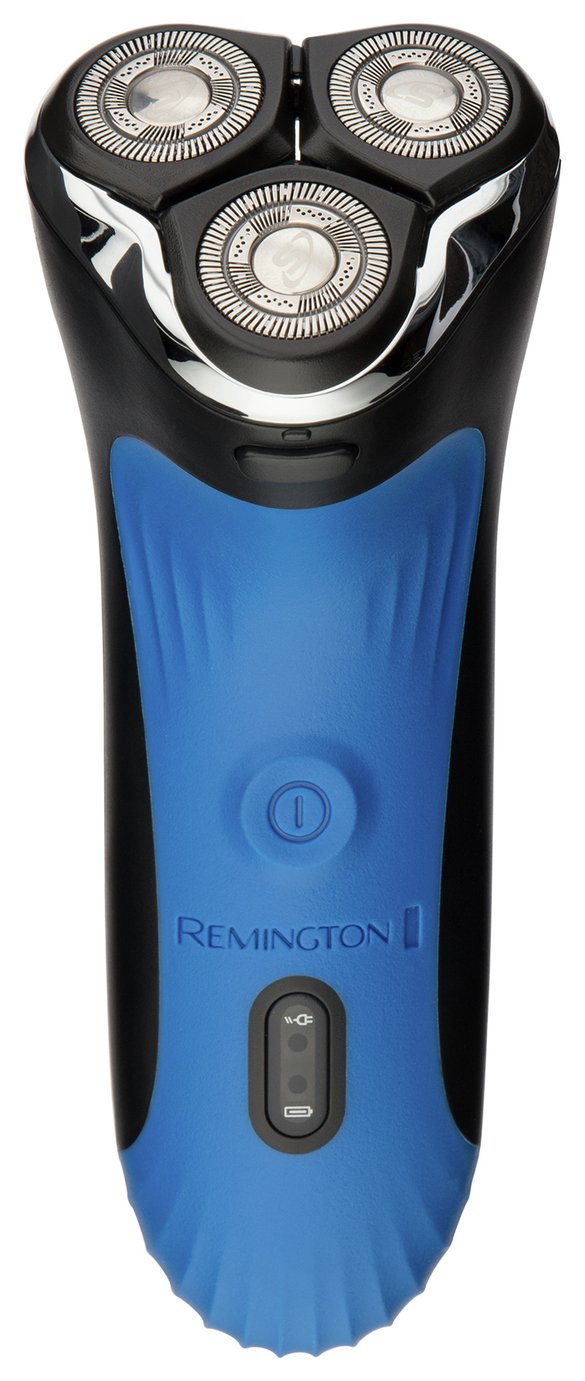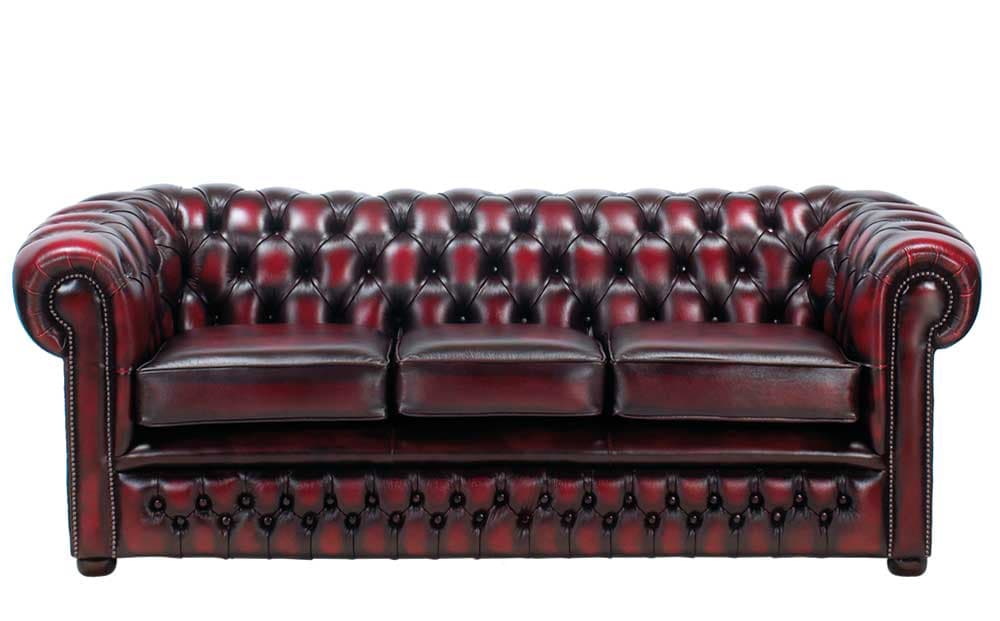One of the main problems with using a plastic mattress cover is the potential for allergies. Many people are sensitive to the chemicals used in plastic materials, which can lead to skin irritation and respiratory issues. This can be especially problematic for those who have allergies or asthma, as the plastic cover can exacerbate their symptoms.1. Allergies
Another issue with plastic mattress covers is that they can cause overheating. Plastic is not a breathable material, so it can trap heat and moisture, making you feel uncomfortably hot while you sleep. This can be a major problem during the summer months or for those who naturally run hot while sleeping.2. Overheating
Anyone who has slept on a plastic mattress cover knows the loud crinkling noise it can make every time you move. This can be incredibly disruptive to your sleep and can also be bothersome to your sleeping partner. The noise can also be a problem if you have a restless sleeper in your household, making it difficult for them to stay asleep.3. Noise
While some plastic mattress covers may claim to be comfortable, the reality is that sleeping on a plastic surface is not ideal. The material can be stiff and uncomfortable, causing you to toss and turn throughout the night. This can lead to aches and pains and a lack of quality sleep.4. Discomfort
Fitting a plastic mattress cover onto your bed can be a challenging task, especially if you have a larger or thicker mattress. The cover may not have enough elasticity to stretch over the corners, or it may be too small, causing it to bunch up and become lumpy. This can be frustrating and time-consuming, especially if you have to constantly readjust the cover.5. Difficulty fitting
Unfortunately, not all plastic mattress covers are created equal. Some may be made with low-quality materials that tear easily or do not hold up well over time. This can be a waste of money, as you may have to replace the cover frequently, leading to more plastic waste.6. Poor quality
Another common problem with plastic mattress covers is that they can slip and slide around on the bed. This can be especially annoying if you tend to move a lot in your sleep, as you may wake up with the cover bunched up under you. This can also be a safety hazard, as the cover may create a tripping hazard if it slips onto the floor.7. Slipping
Cleaning a plastic mattress cover can be a hassle. Some covers may not be machine washable, requiring you to hand wash them or spot clean any spills or stains. This can be time-consuming and may not effectively clean the cover, leading to stains and odors over time.8. Difficult to clean
Many plastic mattress covers have a strong chemical smell when first opened. This can be off-putting and may even cause headaches or nausea for some people. While the smell may dissipate over time, it can still be a problem for those who are sensitive to strong odors.9. Chemical smell
One of the main reasons people use a plastic mattress cover is to protect their mattress from spills and accidents. However, not all plastic covers are waterproof, and some may only offer minimal protection. This can be a major issue if you have young children or pets who may have accidents on the bed.10. Not waterproof
The Environmental Impact of Plastic Mattress Covers

The Consequences of Using Plastic Mattress Covers
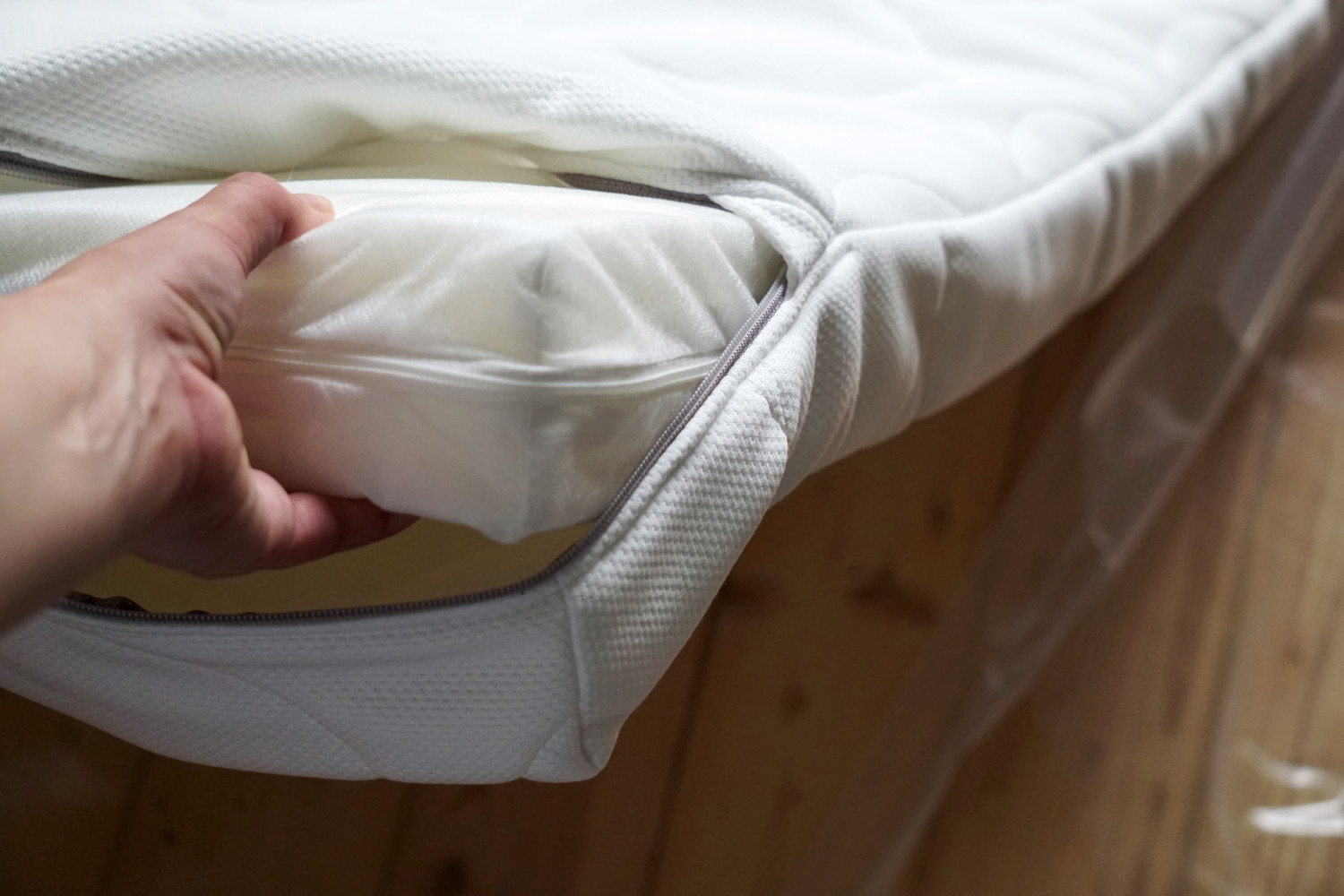 Plastic mattress covers may seem like a convenient and practical solution for protecting your mattress from spills, stains, and dust. However, the use of plastic in our daily lives has a significant impact on the environment. Plastic is not biodegradable, meaning it cannot be broken down by natural processes, and it can take hundreds of years to decompose. When you use a plastic mattress cover, you are contributing to the growing problem of plastic pollution.
Plastic Pollution and Its Effects
Plastic pollution is a global issue that is causing harm to our planet and all living beings. Every year, millions of tons of plastic waste end up in landfills, oceans, and other natural environments. This waste not only takes up valuable space but also releases harmful chemicals and toxins into the environment. These pollutants can harm wildlife, contaminate water sources, and even enter our food chain.
Plastic mattress covers may seem like a convenient and practical solution for protecting your mattress from spills, stains, and dust. However, the use of plastic in our daily lives has a significant impact on the environment. Plastic is not biodegradable, meaning it cannot be broken down by natural processes, and it can take hundreds of years to decompose. When you use a plastic mattress cover, you are contributing to the growing problem of plastic pollution.
Plastic Pollution and Its Effects
Plastic pollution is a global issue that is causing harm to our planet and all living beings. Every year, millions of tons of plastic waste end up in landfills, oceans, and other natural environments. This waste not only takes up valuable space but also releases harmful chemicals and toxins into the environment. These pollutants can harm wildlife, contaminate water sources, and even enter our food chain.
The Dangers of Microplastics
 One of the biggest concerns with plastic pollution is the creation of microplastics. These are tiny pieces of plastic that are less than 5mm in size and can easily enter the environment through the breakdown of larger plastic items or from microbeads in personal care products. These microplastics are then ingested by animals and can cause serious health issues. In fact, research has shown that microplastics have been found in the stomachs of marine animals, birds, and even in human bodies.
Plastic and Climate Change
In addition to the harm caused by plastic pollution, the production of plastic also contributes to climate change. The production process emits greenhouse gases that contribute to the warming of our planet. Furthermore, the disposal of plastic waste through incineration also releases harmful gases into the atmosphere. As the demand for plastic increases, so does its impact on our environment.
One of the biggest concerns with plastic pollution is the creation of microplastics. These are tiny pieces of plastic that are less than 5mm in size and can easily enter the environment through the breakdown of larger plastic items or from microbeads in personal care products. These microplastics are then ingested by animals and can cause serious health issues. In fact, research has shown that microplastics have been found in the stomachs of marine animals, birds, and even in human bodies.
Plastic and Climate Change
In addition to the harm caused by plastic pollution, the production of plastic also contributes to climate change. The production process emits greenhouse gases that contribute to the warming of our planet. Furthermore, the disposal of plastic waste through incineration also releases harmful gases into the atmosphere. As the demand for plastic increases, so does its impact on our environment.
Alternative Options for Mattress Protection
 Fortunately, there are more environmentally-friendly options for protecting your mattress. One option is to use natural fabrics such as cotton or wool, which are biodegradable and do not release harmful chemicals into the environment. You can also opt for a mattress protector made from recycled plastic or other sustainable materials. These options not only reduce your contribution to plastic pollution but also support sustainable practices.
Conclusion:
Plastic mattress covers may seem like a convenient solution, but their negative impact on the environment cannot be ignored. By using alternative options for mattress protection, we can reduce our contribution to plastic pollution and support a more sustainable future. Let's make a conscious effort to make eco-friendly choices in our daily lives, starting with the protection of our mattresses.
Fortunately, there are more environmentally-friendly options for protecting your mattress. One option is to use natural fabrics such as cotton or wool, which are biodegradable and do not release harmful chemicals into the environment. You can also opt for a mattress protector made from recycled plastic or other sustainable materials. These options not only reduce your contribution to plastic pollution but also support sustainable practices.
Conclusion:
Plastic mattress covers may seem like a convenient solution, but their negative impact on the environment cannot be ignored. By using alternative options for mattress protection, we can reduce our contribution to plastic pollution and support a more sustainable future. Let's make a conscious effort to make eco-friendly choices in our daily lives, starting with the protection of our mattresses.






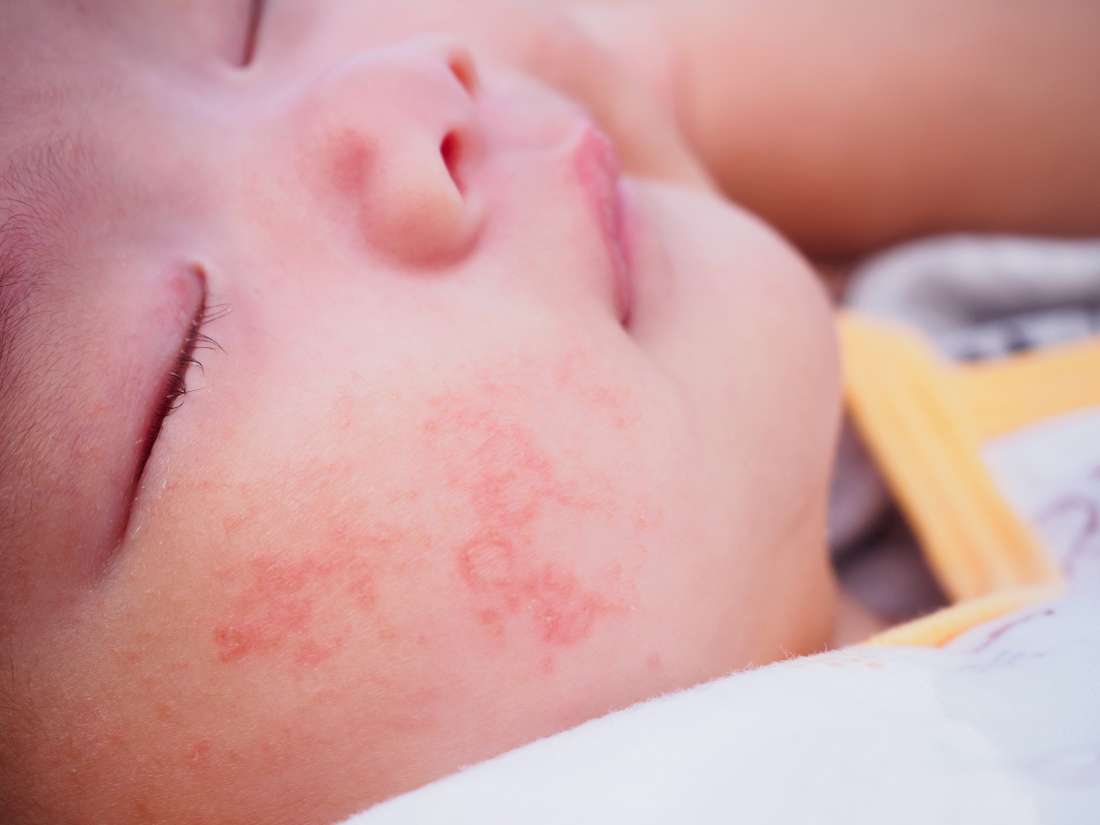



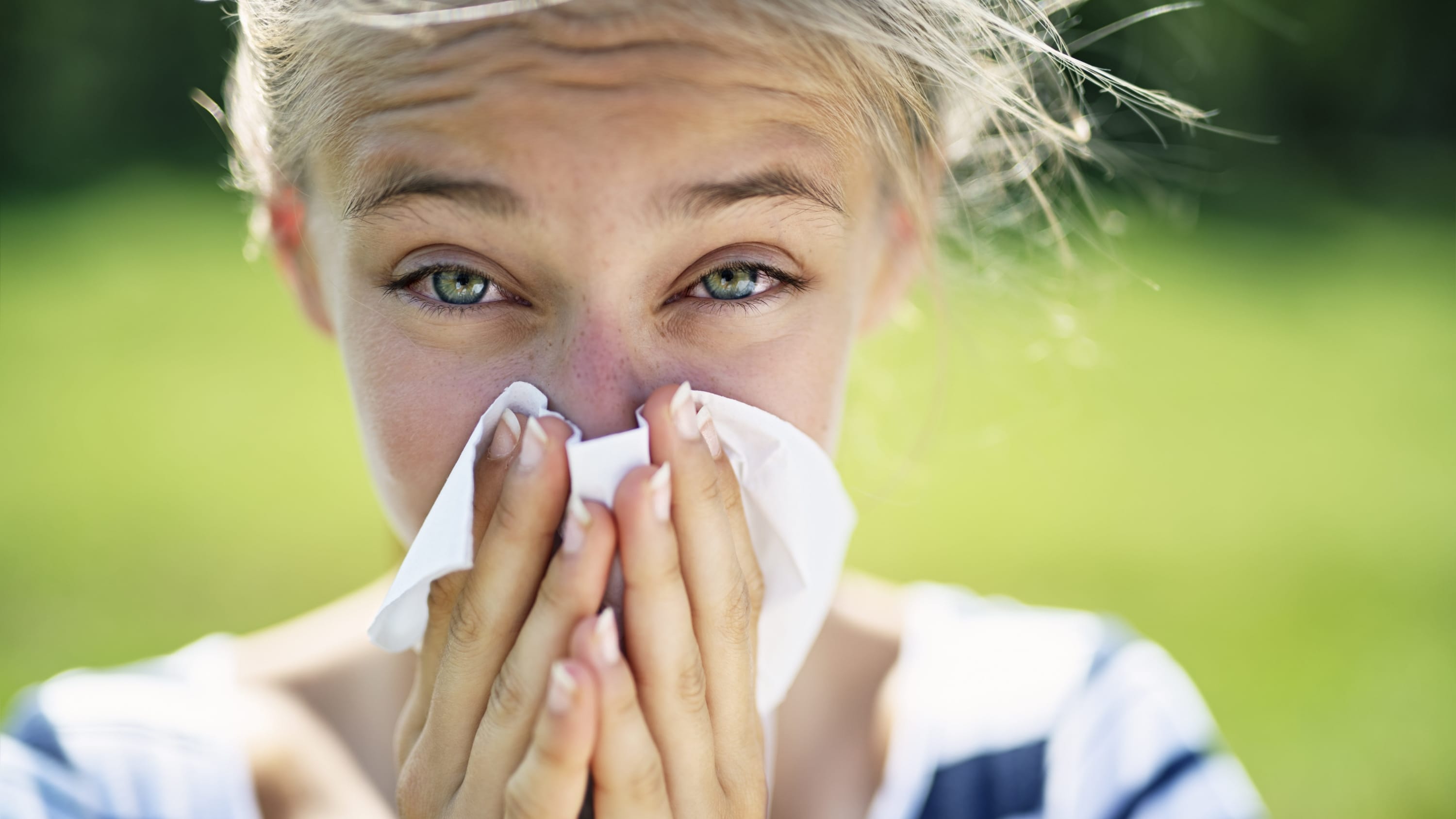
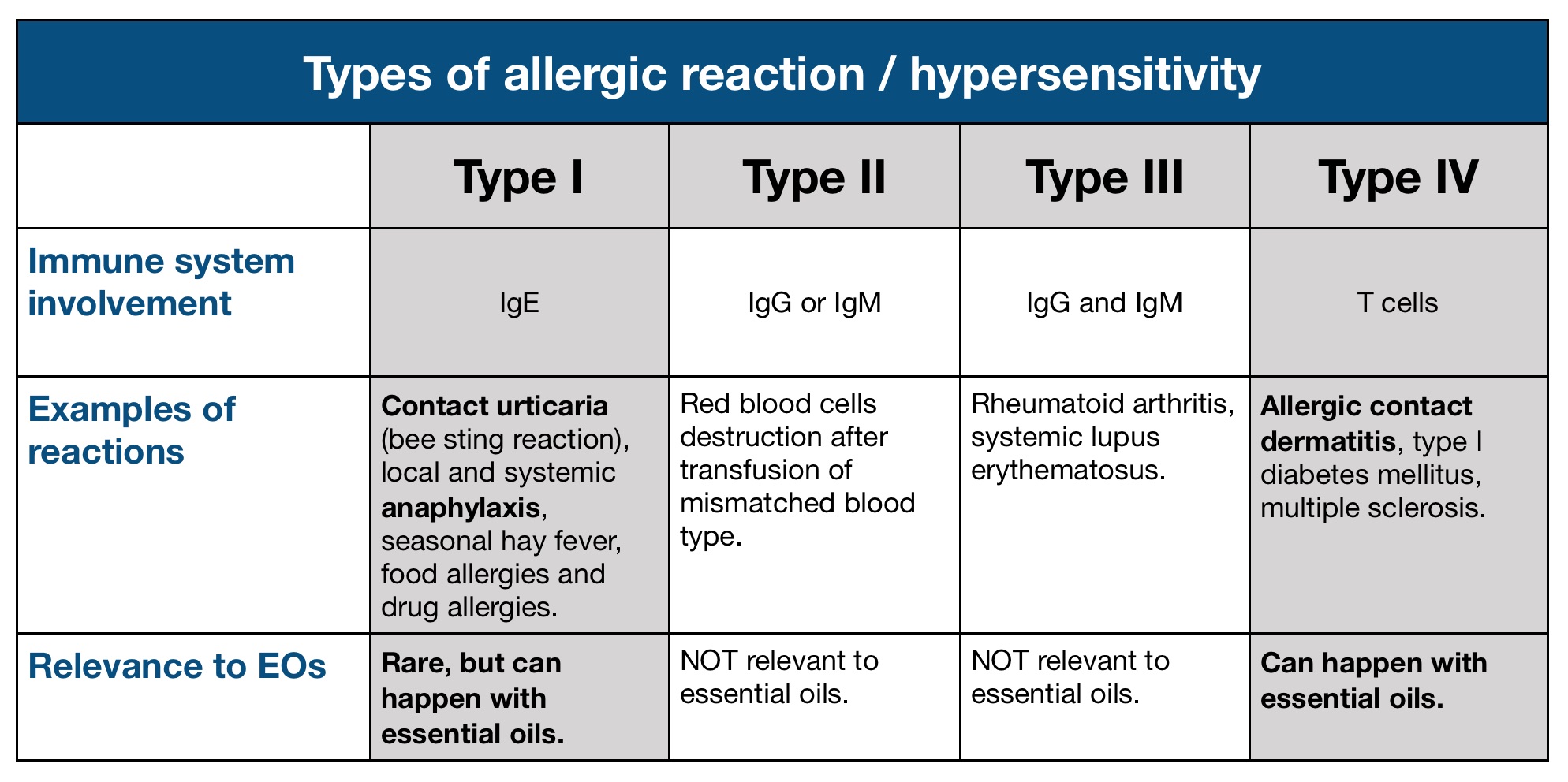






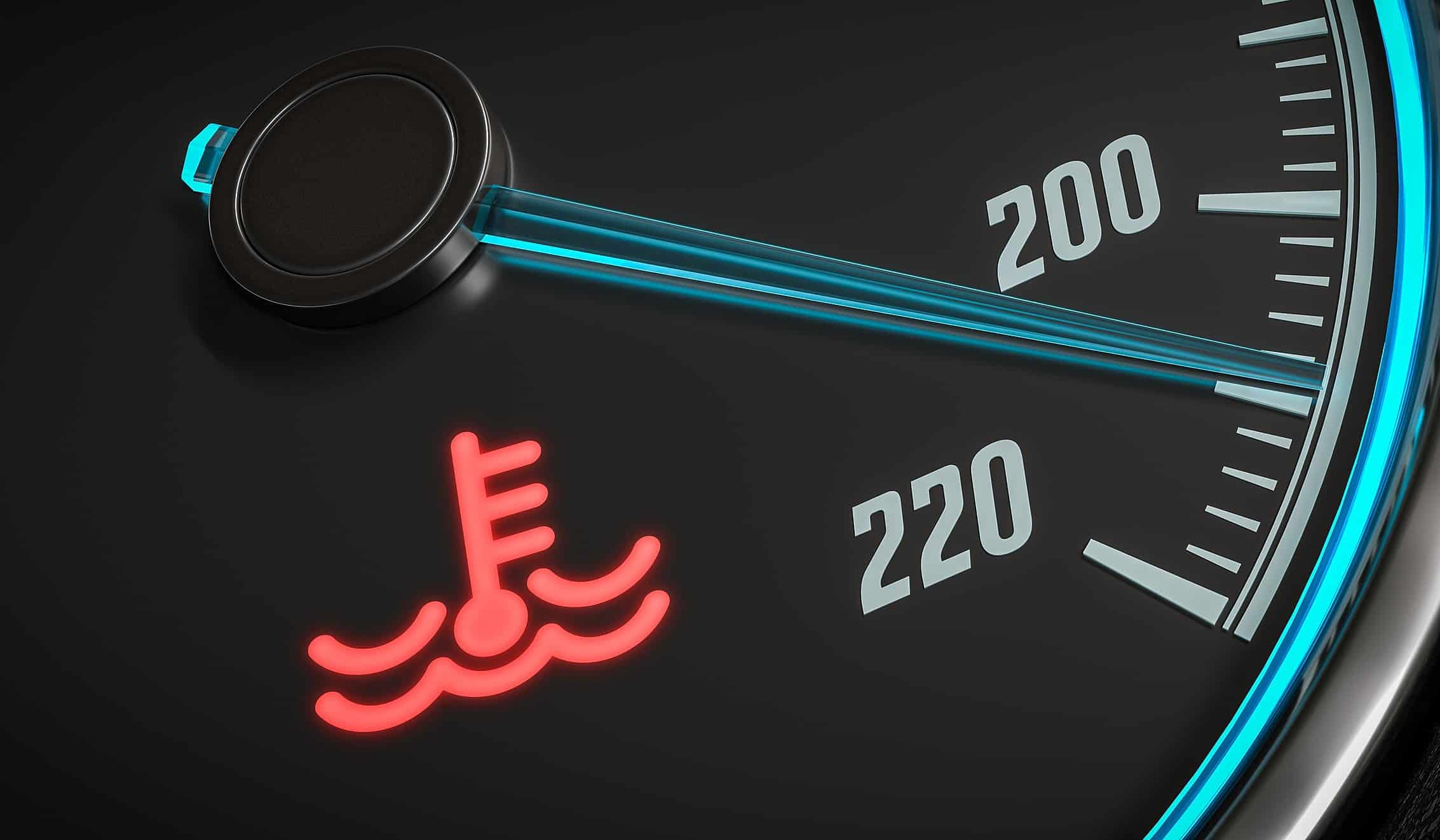



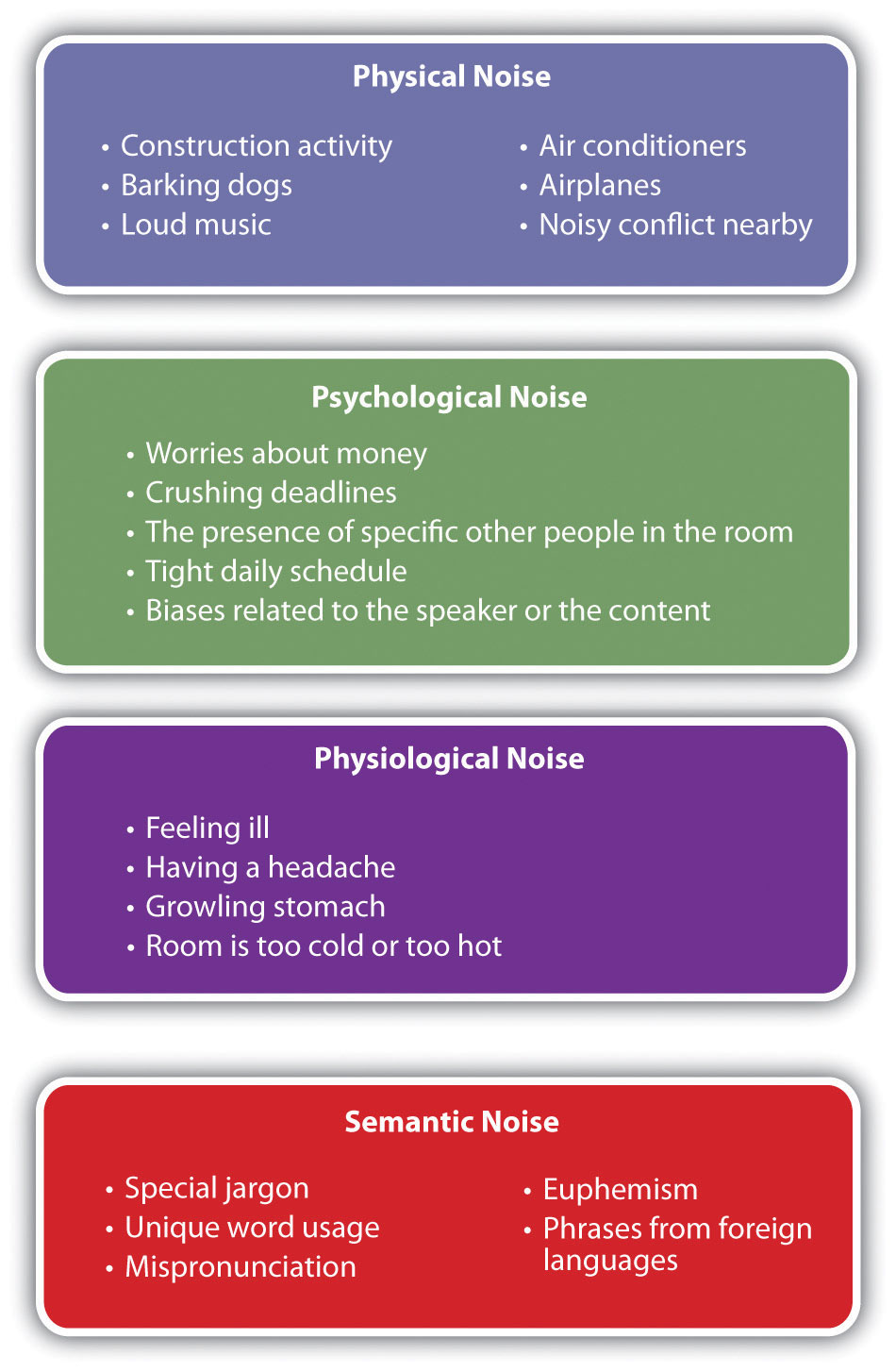



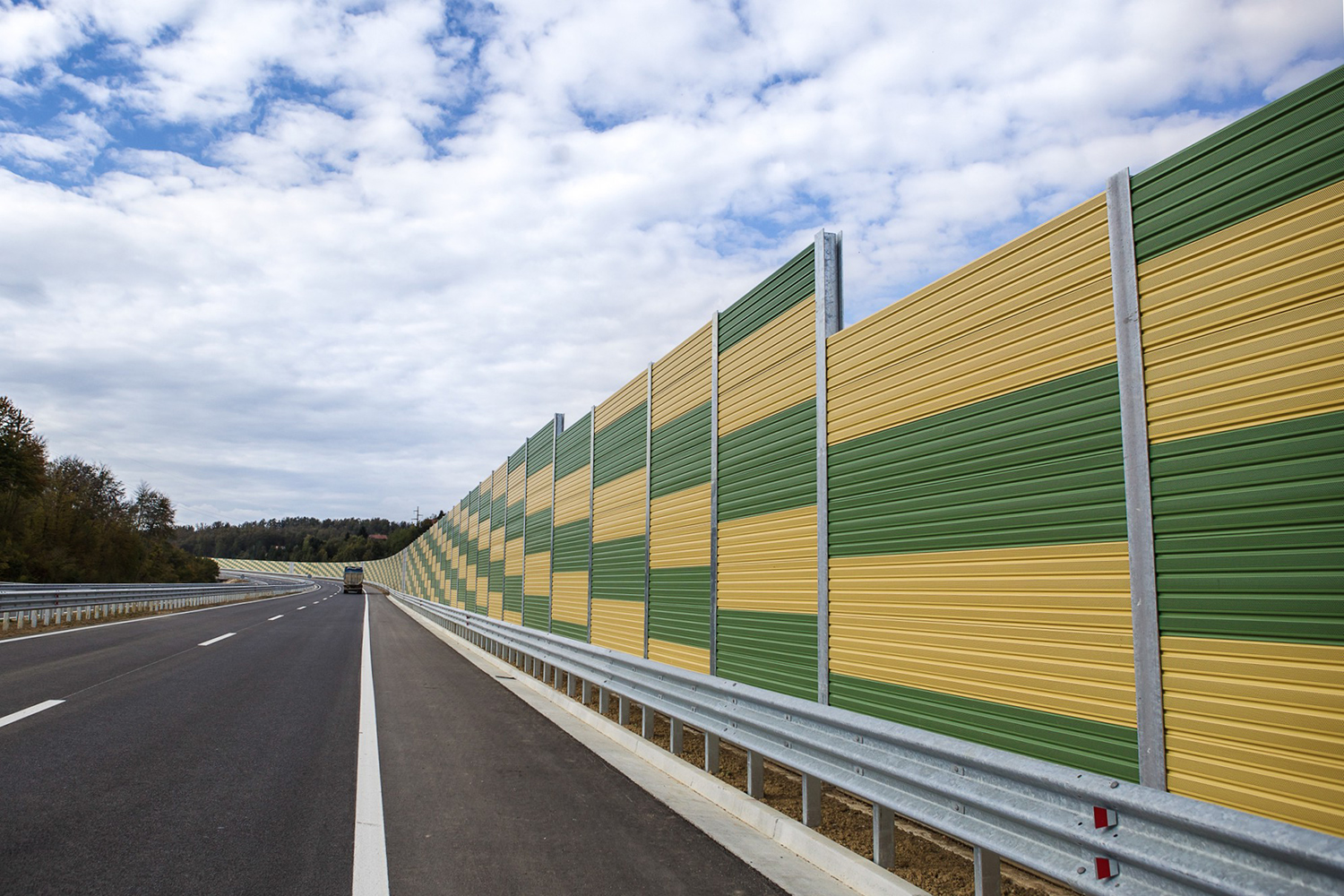














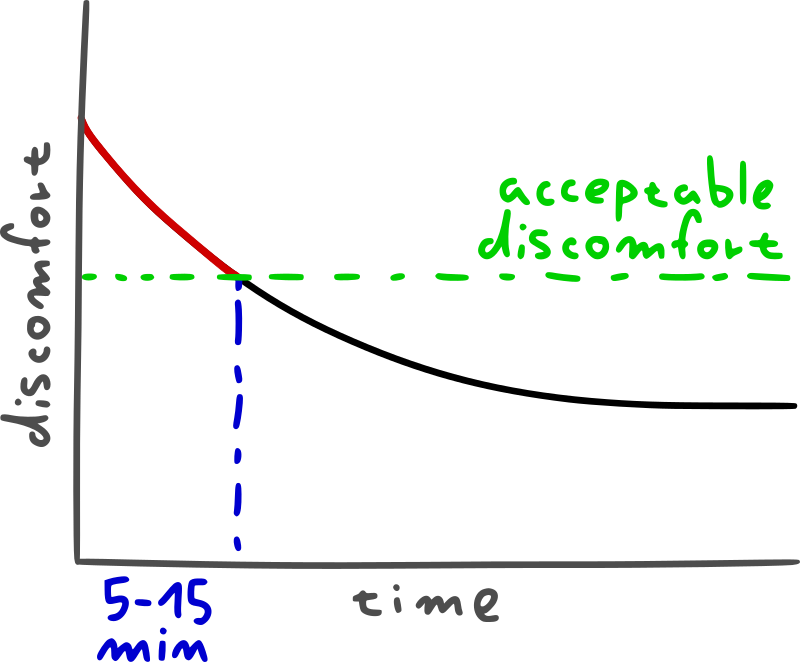













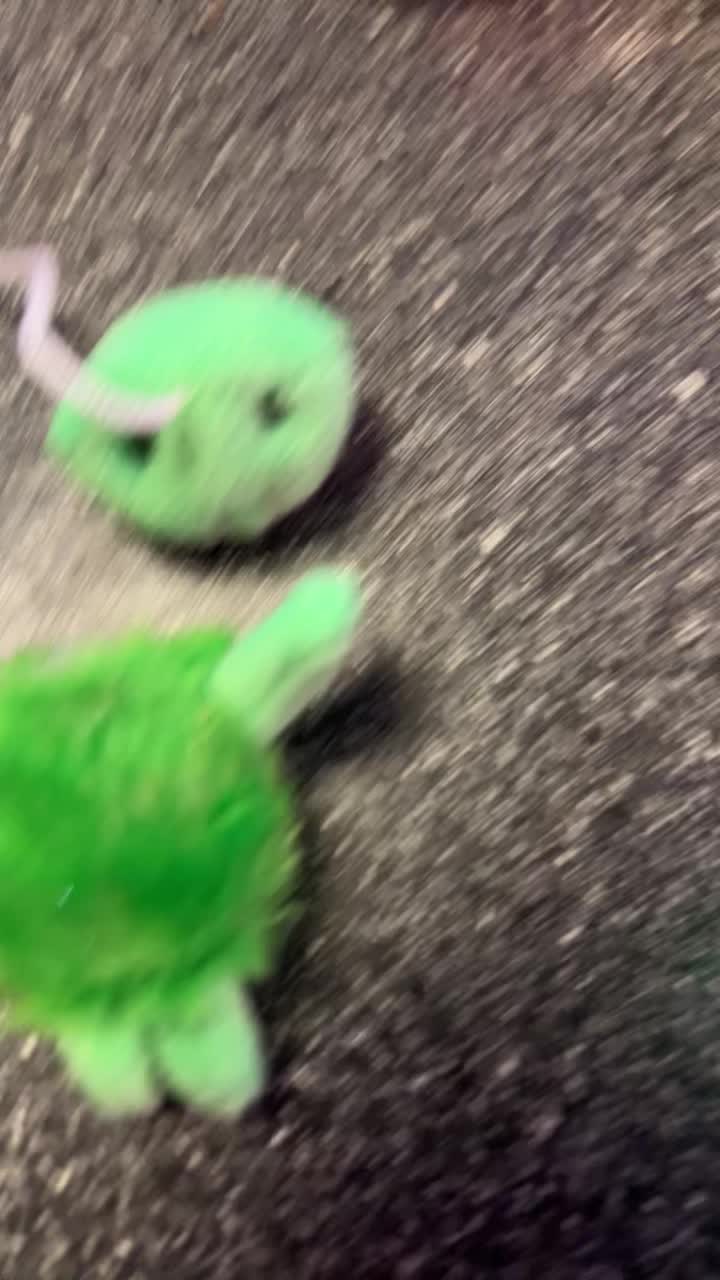


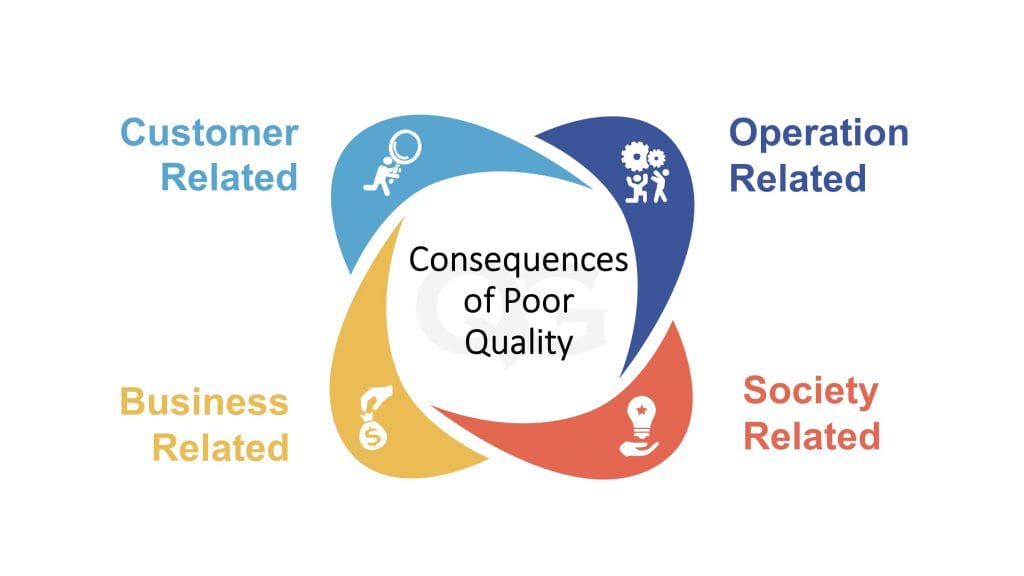



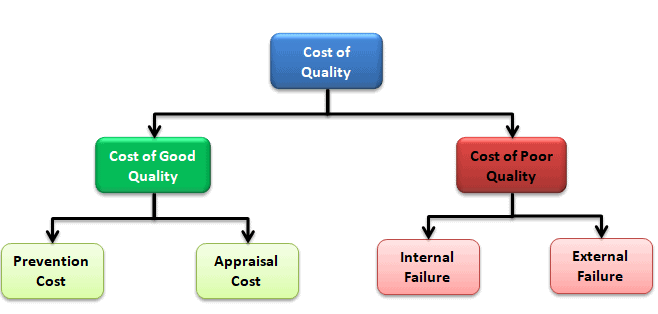






























:max_bytes(150000):strip_icc()/157730815-56a130a25f9b58b7d0bce7e7.jpg)



